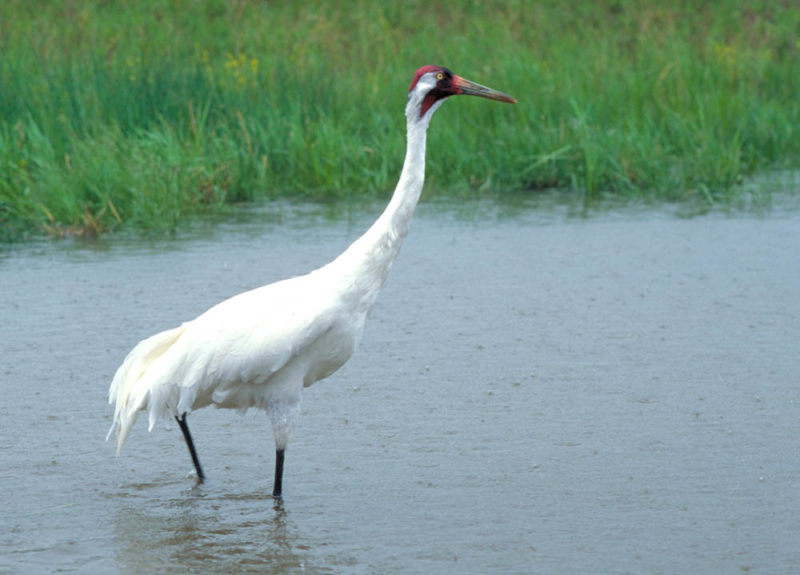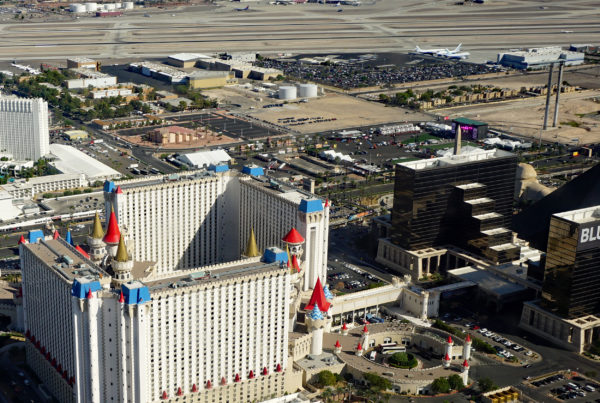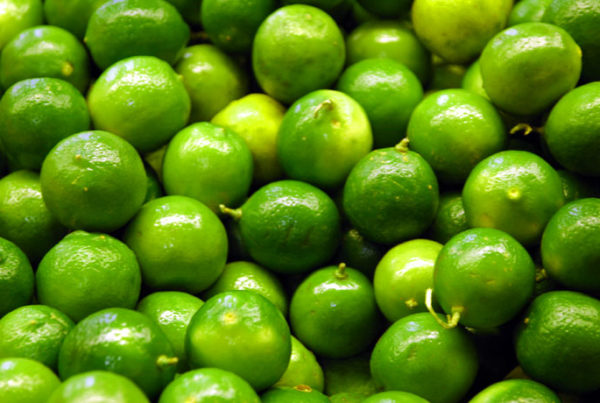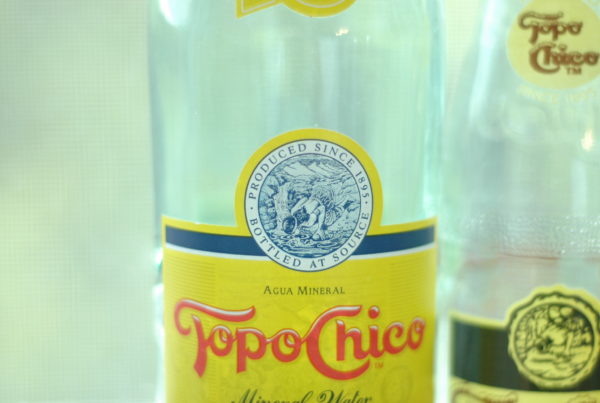Hurricane Harvey’s direct hit on the coastal city of Rockport left a mess from which many are still digging out. That includes the Texas branch of a worldwide nonprofit focused on helping a certain type of elegant bird – the crane. Harvey wrecked the International Crane Foundation office in Rockport. And the storm could also threaten the future of the birds for some time to come.
The International Crane Foundation office is just outside the Aransas County airport. Hurricane Harvey’s strong winds tore off its roof and walls and inundated everything inside with water.
Biologist Liz Smith found several paintings by her husband in the office rubble.
“This actually has two of my favorite species in it, the whooping crane and the red head duck,” Smith says as she scratches the mud off of it.
Both Smith and her husband painted cranes. Finding the art was special because her husband died four years ago. They were married for 30 years.
“So I basically brought the favorite stuff to the office from my house so that’s why it’s so cool, I mean, we practically got all of it,” she says.
While many of the paintings survived, the office itself is destroyed, as are many buildings across Rockport.
“Yeah, you drive down the road and people’s whole lives are stacked eight feel tall on the side of the road, you know, and they keep going. But I guess that’s the spirit of Texas, right? You just keep moving on,” says technician Tom Davis, who drove supplies from the crane foundation’s headquarters in Wisconsin to help the Texas staff move into a temporary office. North America Program Director Tim Grunewald also came down to help.
“As soon as we can get ourselves up righted and our feet back on the ground here, we’re going to need a much bigger space for four people and hopefully, it’ll be in this vicinity some place and up and running by the time the birds get here. That’s our big concern right now,” Grunewald says.
The birds of concern are the endangered whooping cranes. They’re in Canada right now but they’ll soon fly down to Texas for the winter. What the cranes find when they get here will be different from what they left in the spring. Harvey eroded large swaths of the Texas coast, affecting their habitat and their favorite food, the blue crab. Game cameras biologist Liz Smith rescued from the office wreckage could show how Harvey’s damage affects the birds.
“We’re going to be looking at and doing an analysis of where did places erode, marsh erode and shoreline because it has to be deposited somewhere else and so if it is deposited somewhere that previously, you know, had tidal creeks and inlands and those are shoaled up,” Smith says “then the crabs can’t get into the shallow marshes where the cranes can get them but other areas might be opened up and so by following their movements and checking them out and seeing, you know, they are pretty resourceful bird. They want to eat, so they can move around. We’ll be able to tell how they are doing once they are here. So if they are flying a lot, we know they are searching for food.”
The whooping cranes coming to Texas this month are the only naturally-occurring flock in the world. In the 1940s, there were just 15 cranes in the flock. Now there are about 400, including a record number of whooping crane chicks that will be making the flight from Canada for the first time. The International Crane Foundation is especially concerned about these youngest cranes and it’s working as fast as it can to clean up from Harvey to prepare for their arrival.
















